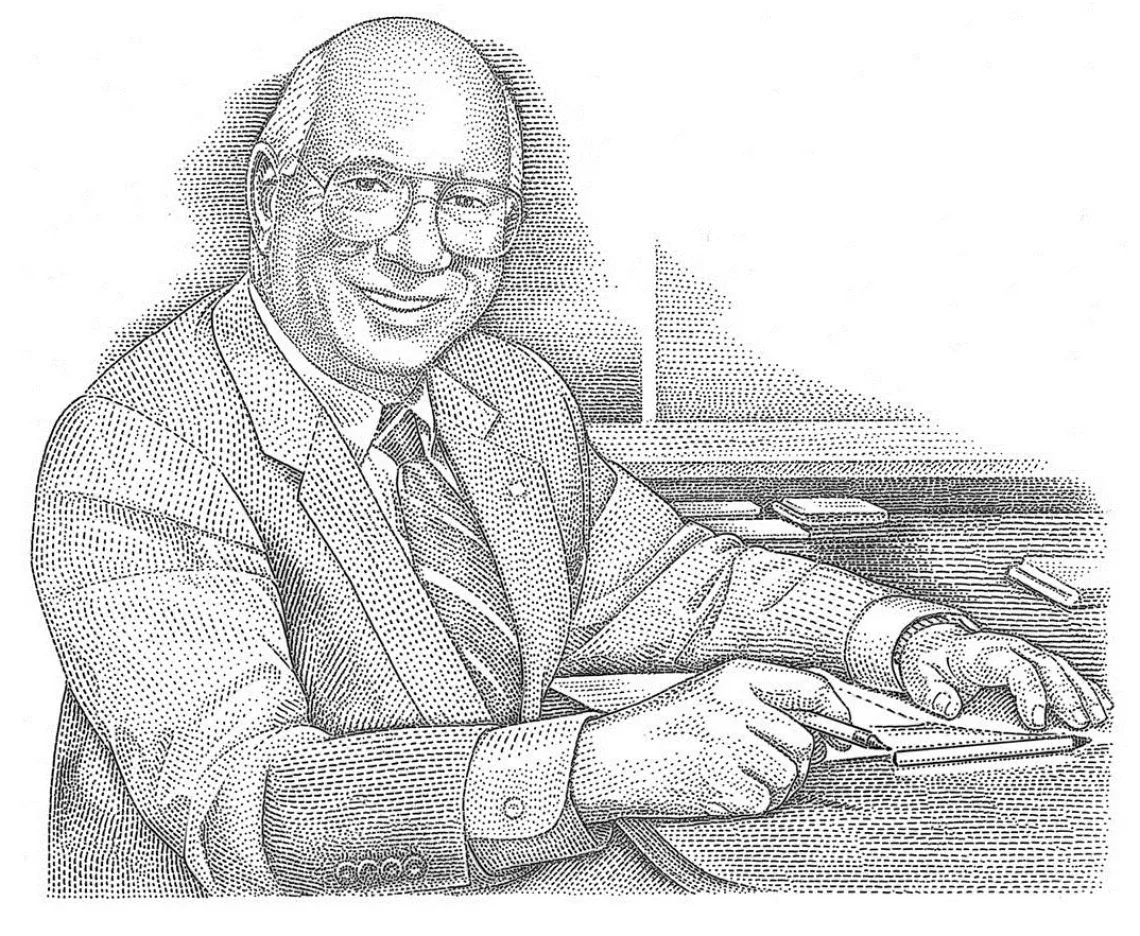Working to Our Strengths
The Division of the CIO values employee’s professional development and abilities through onboarding assessment

Health care, vacation time, a 401k: these are the benefits of a job we often think about when starting a new position. In the Division of the CIO, learning about your strengths and talents—and using that knowledge to drive your work—is an extra, added job benefit most of us don’t know about when we start.
In the past few years, the Division of the CIO has been a supporter of positive, strength-based psychology in the workplace, an approach that focuses on our employee’s strengths and resourcefulness. New employees in the Division are given the unique opportunity to find out what hidden talents they may have by taking the CliftonStrengths Assessment during their onboarding process.
CliftonStrengths is an employee assessment tool developed in the 1950’s by Donald Clifton, a psychologist and pioneer in the field of strengths-based leadership. Clifton believed that focusing on an individual’s strengths, rather than weaknesses, was key to helping people achieve success and fulfillment in their personal and professional lives. Clifton’s research, which looked for patterns and commonalities in employee behaviors and attitudes, led to the development of the CliftonStrengths Assessment.
Today, CliftonStrengths is used by organizations across the globe to empower employees with an understanding of their unique abilities and empower them to develop their potential and use their strengths to their advantage in the workplace leading to significant productivity. When employees are working in roles that align with their strengths, they are more engaged, motivated, and produce higher quality work.
“It's no secret that UITS values professional development and aims to recognize the unique strengths that each individual brings to the table,” noted Christopher Wolf, Assistant Director of Human Resources and Organizational Development in UITS. “By providing all employees with the opportunity to discover and develop their strengths through CliftonStengths, not only is the investment being made in their personal growth, but also in the success and growth of our Division as a whole. It’s a true win-win.”
The assessment measures an individual’s natural talents and abilities across 34 different themes by analyzing their answers over the course of an hour to a series of 177 questions. The results are then used to identify the individual's top five themes, which are considered to be their most dominant strengths. These themes are ranked in order of importance, with the highest-ranking theme being considered the individual's greatest strength.
Catherine Zavala, a Specialist in Information Technology Training in UITS, is a certified coach for CliftonStrengths. Her position oversees the individual onboarding assessments throughout the division and also accommodates requests for team coaching.
“I'm a true believer in steering your future by taking control and making decisions instead of having them be made for you,” Zavala reflected. “As much as you can know about yourself and arm yourself with knowledge of who you are, you can use that to your advantage. CliftonStrengths is one tool in a dozen different kinds of tools that you could use to do that at work and in your personal life. It’s a diagnosis. Now, you know something about yourself, and you can use that to your benefit.”
In late Spring, staff at the University focuses on Career Conversations, a crucial part of the staff development process. These conversations provide staff with the opportunity to discuss their career goals, skills, strengths, and areas for development with their supervisors. In the Division of the CIO, an employee’s top five strengths play an important role to help cater and steer tasks and goals during these annual discussions.
“Knowing what your strengths are is good information for managers and employee’s during their Career Conversations,” says Zavala. “From a manager perspective, if you have an employee who's succeeding or struggling, this is a great tool to use. What are their talents? Are they using that in their daily work? For an employee, it’s a good time to talk about the tasks you're given and the job you're doing and think about how it all relates.”
Regarding Zavala’s using her strengths during her Career Conversation, she said “My top talents that I was able to dig into allowed me to succeed in my tasks and goals. It’s a good time of year for everyone to come back and look at all this.”

